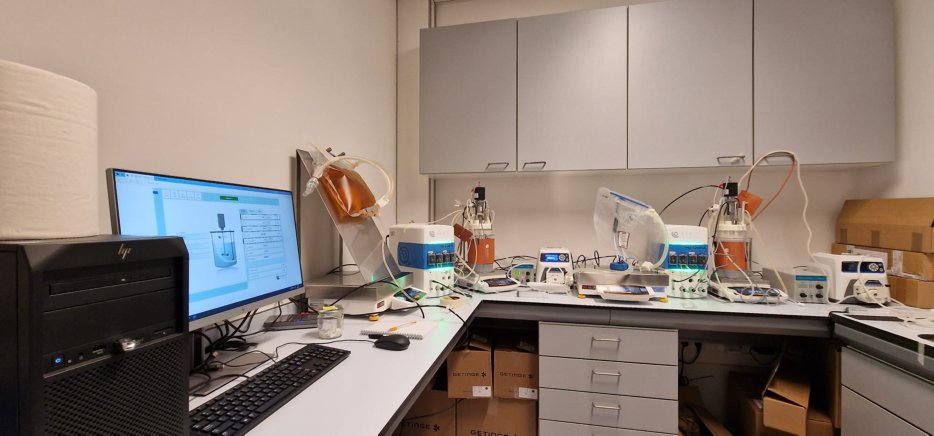"Until this point, the cultivation of red blood cells has been limited to very small quantities," states Joan Gallego, who presented his dissertation on this topic in Delft on Friday, November 10. In the human body, red blood cells are generated through a process called erythropoiesis that takes place in the bone marrow. These cells originate from precursor cells known as erythroblasts. The bone marrow provides an optimal microenvironment for erythroblast growth, characterised by the unrestricted exchange and transportation of growth factors and the elimination of waste products. Prior to entering the bloodstream, these precursor cells undergo differentiation into red blood cells, marked by significant shrinkage, elevated hemoglobin levels, and the eventual expulsion of their nuclei, rendering them incapable of multiplication.
Labour Intensive
The existing method for culturing red blood cells is labor-intensive, limited in scale, and reliant on costly growth medium. Gallego developed a bioreactor system promoting rapid growth of precursor cells, achieving high concentrations that exclusively differentiate into red blood cells. While Joan's 0.5-liter bioreactors are small by biotech industry standards, they surpass current static culture systems. The TU Delft-Sanquin team has scaled up to 3-liter bioreactors, anticipating commercial reactors of 10,000 to 25,000 liters, substantially reducing capital costs per transfusion unit.
Cost Intensive
Increasing the quantity of red blood cells per bioreactor and speeding up the culture process, known as volumetric productivity, was a challenge we faced. Another task was to cut down on the expenses associated with the costly growth medium," explains Gallego. "The growth medium's costs are significantly influenced by the addition of growth factors and proteins. Holotransferrin, a protein crucial for iron transport in hemoglobin synthesis, represents a notable cost. Fortunately, we've successfully substituted holotransferrin with a GMP-compliant, iron-loaded chelator. This substitution significantly reduces costs, particularly during the differentiation phase, without any observed toxic effects.

To access the whole article, click here.